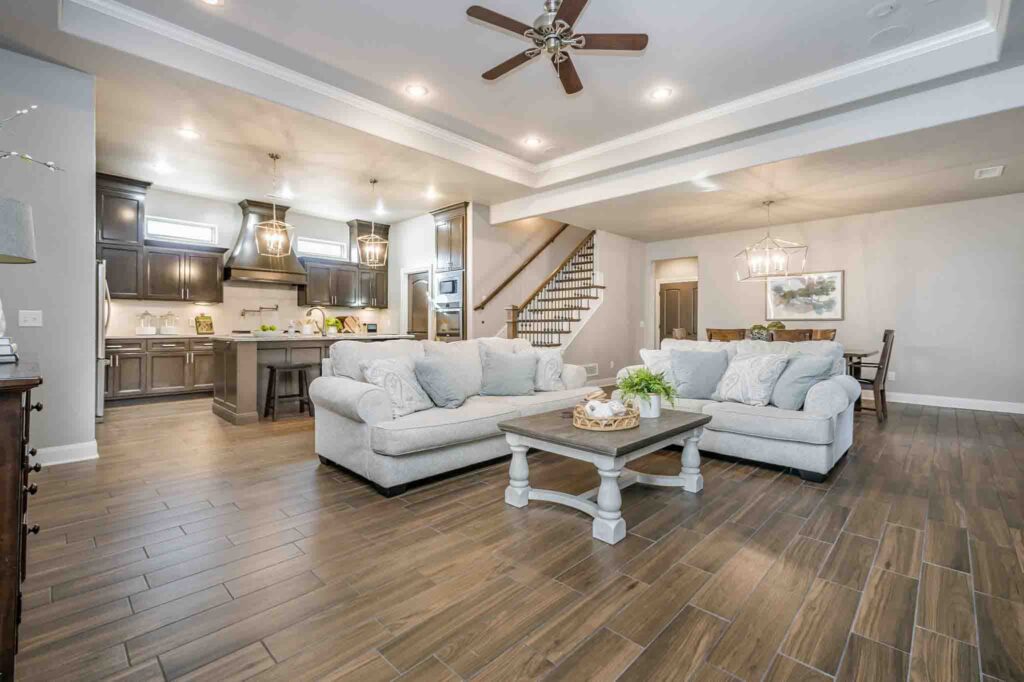Arranging furniture is both an art and a science. It’s about creating a harmonious balance between aesthetics and functionality, ensuring that each room not only looks inviting but also serves its intended purpose efficiently. Whether you’re dealing with a cozy apartment or a spacious home, thoughtful furniture placement can transform your living spaces.
Establish a Focal Point
Every room benefits from a focal point—a feature that draws the eye and anchors the space. This could be a fireplace, a large window with a scenic view, a piece of artwork, or even a television. Once identified, arrange your main seating or furniture pieces to highlight this feature, creating a natural gathering spot and enhancing the room’s visual appeal.
Prioritize Traffic Flow
Smooth movement within a room is crucial. Ensure there’s at least 3 feet of walking space around furniture to allow easy movement. Avoid placing large pieces in pathways, and consider the room’s entry and exit points when arranging furniture.
Float Furniture Away from Walls
While it might seem that pushing furniture against walls creates more space, floating pieces—even just a few inches from the wall—can make a room feel more open and inviting. This arrangement fosters better conversation areas and a more balanced look.
Define Zones in Open Spaces
In open-concept areas, it’s essential to delineate different functional zones. Use rugs, lighting, or furniture placement to create distinct areas for dining, lounging, or working. For instance, positioning a sofa with its back to the dining area can subtly separate the living space without the need for walls.
Utilize Mirrors and Light Colors
Mirrors can amplify natural light and make rooms appear larger. Placing a mirror opposite a window reflects light and creates a sense of depth. Additionally, opting for light-colored furniture and walls can enhance the feeling of spaciousness.
Balance Furniture Sizes and Shapes
Mixing furniture of varying sizes and shapes adds visual interest and balance. Pair a large sofa with smaller chairs, or combine round and rectangular tables to create a dynamic yet cohesive look.
Incorporate Multi-Functional Furniture
Especially in smaller spaces, furniture that serves multiple purposes—like ottomans with storage or sofa beds—can maximize functionality without overcrowding. These pieces offer flexibility and can adapt to various needs over time.
Add Personal Touches
Once the main furniture pieces are in place, infuse your personality into the space with accessories like throw pillows, artwork, and decorative objects. These elements can tie the room together and reflect your personal style.
By thoughtfully arranging your furniture, you can transform any room into a functional and aesthetically pleasing space that suits your lifestyle. Remember, the goal is to create a harmonious environment where form meets function, ensuring comfort and style coexist seamlessly.
